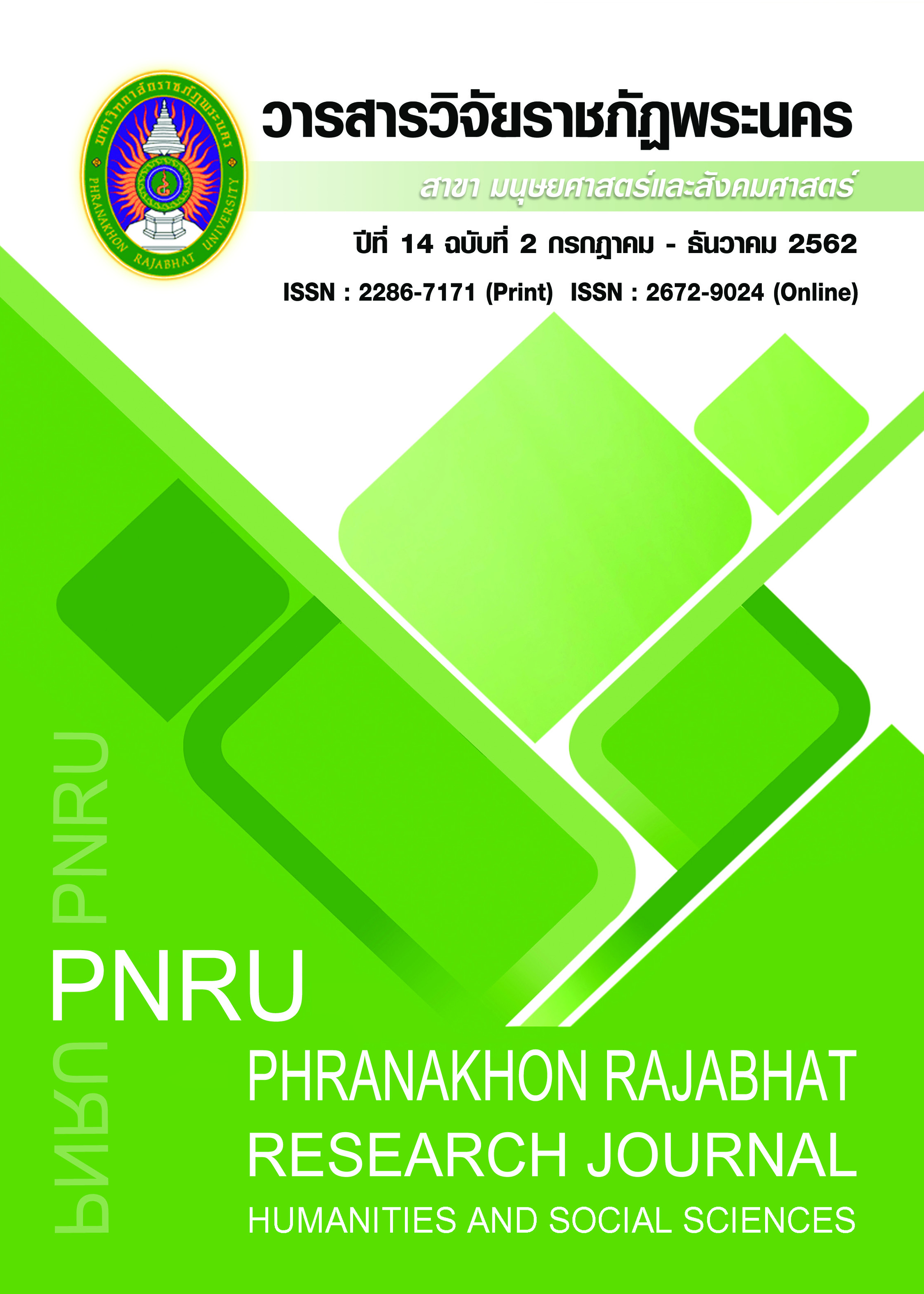THAI DRAMA LANDSCAPE OF VARIETY CHANNELS ON DIGITAL TELEVISION DURING PRIME TIME
Main Article Content
Abstract
The purposes of this research were to 1) study various and concentration - distribution of drama programs on digital television; 2) compare the differences with the original free – TV drama series; and 3) analyze the role of drama programs. This was a qualitative research study on Thai drama programs produced for the first time in variety channels on digital television during prime time from January 1 to June 30, 2017, with the total of 74 series. It was found that 1) there were 34 original free – TV drama series (3HD and 7HD channels) in drama landscape and 40 series in digital television which were similar. However, there were concentrations of a few entrepreneurs. 2) Landscape producer or production director were concentrated in some producers who produced dramas to be presented through the affiliated channels of the same company or the original channel that they had worked with. 3)The form of drama landscape was concentrated on TV serial. Second was the mini-series and the last one was situation comedy. 4) Th e type of drama landscape was concentrated on life drama, next was romance, and the last was comedy. Digital television added more choices for the audience and better perform the functions of the drama. At the same time, there were drama producers who focused on producing dramas with different contents and producers who focused on intense dramas to mainly respond to the emotion to attract sponsors and audience.
Article Details
Each publish articles were copyright by Phranakorn Rajabhat University
Any contents which appeared in each articles in the journal were authors personal opinion. It did not relate to Phranakorn Rajabhat University and other instructors in the university. Each authors would take responsibility on their articles. If there are any mistake, the authors will take responsibility themselves
References
Cooper, R. Potter, W. J. & Dupagne, M. (1994). A status report on methods used in mass communication media research. Journalism Educator, 48(4), 54-61.
Kaewthep, K. (2009). Media analysis: concepts and techniques. Bangkok: Parbpim Printing. (in Thai)
Kaewthep, K. (2004). Philosophy of communication arts and communication theory. Nonthaburi: Sukhothai Thammathirat Open University. (in Thai)
Kaewthep, K. (2002). SueBanTueng: Amnaj Hang Kwam Raisara. Bangkok: All About Print. (in Thai)
Kerlinger, F. N. (1986). Foundations of behavioral research (3rd edition). NY: Holt, Rinehart & Winston.
Kritsanasuwan, A. (2012). Broadcasting management of Thai drama program. Master of Arts (Mass Communication Administration), Thammasat University. (in Thai)
Kritsanasuwan, A. (2018). Lecturer, Bangkok University. Interviewed on May 4, 2018. (in Thai)
Sangchai, N. (2009). Thai TV drama script writing: creation process and techniques. University of the Thai Chamber of Commerce Journal. 29(3), 139-158. (in Thai)
Sukaniwat, S. (2018). Playwright. Interviewed on May 5, 2018. (in Thai)
Tanasatid, P. (1988). Lakhon Toratad Thai. Bangkok: CU print. (in Thai)
Tansisuroj, P. (2008). The positioning of sender group and adolescence receiver in Bangkok to the influence of celebrity on television. Master of Arts (Mass Communication Administration), Thammasat University. (in Thai)
WoraTangtrakul, D. (2018). Deputy Chief Executive Officer of One 31 Company Limited. Interviewed on May 17, 2018. (in Thai)


